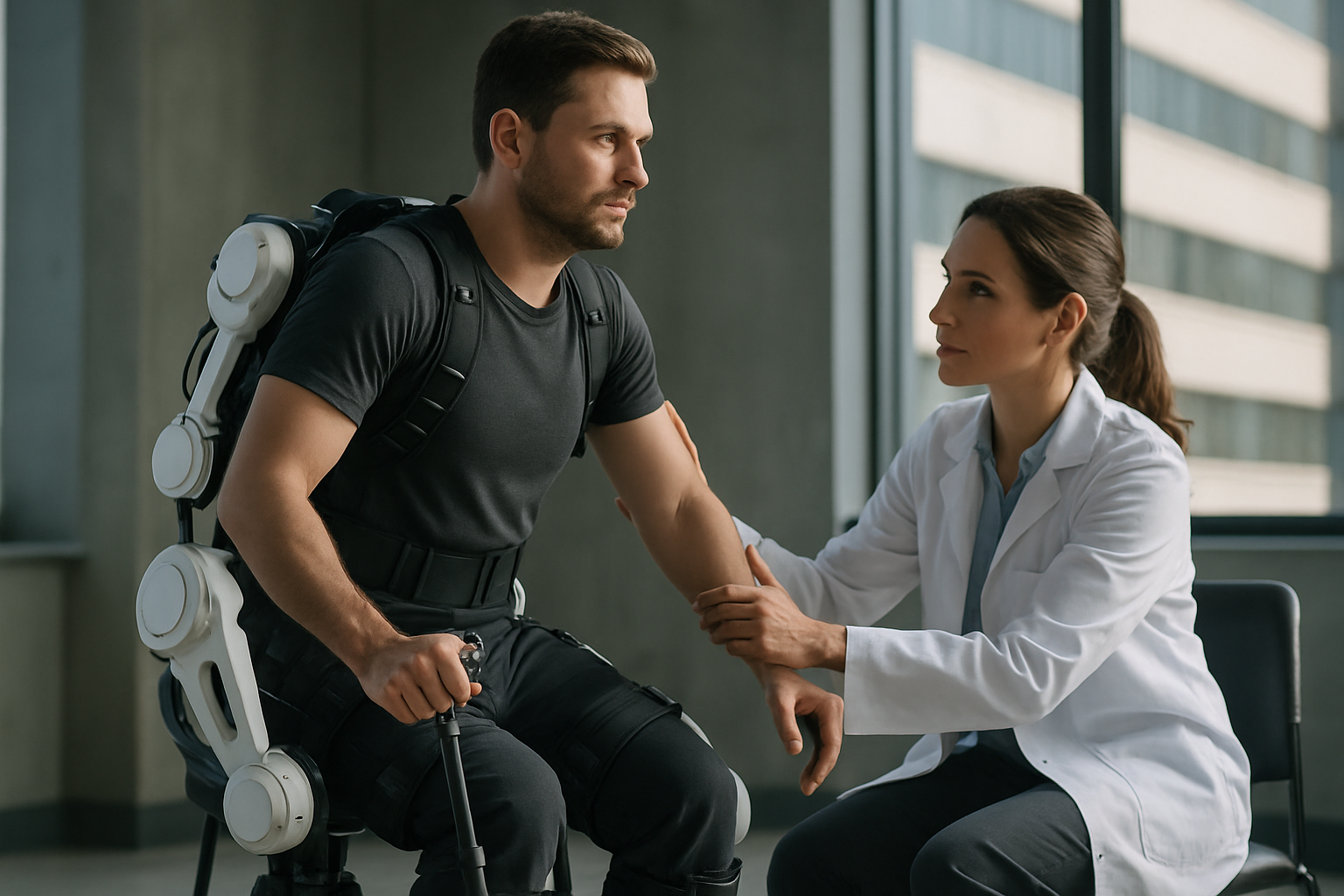Exploring 2025 United States Clinical Trials: Innovative Sleep Apnea Treatments and Advanced Devices
Obstructive sleep apnea affects millions in the United States. In 2025, clinical trials are advancing new therapies—next-generation devices, neuromodulation, drug candidates, and diagnostic innovations—expanding options beyond traditional CPAP for patients and caregivers.

Advancements in Sleep Apnea Treatment Devices in 2025
Obstructive sleep apnea (OSA) occurs when the airway collapses repeatedly during sleep, causing breathing interruptions. Traditional positive airway pressure (CPAP) machines remain the gold standard treatment but can be uncomfortable or intolerable for some patients. Growing clinical research is exploring alternative therapies and devices to improve patient comfort, adherence, and outcomes.
Next-Generation Hypoglossal Nerve Stimulation Implants
One of the most promising recent innovations is hypoglossal nerve stimulation (HNS), which delivers mild electrical impulses to the nerve controlling tongue movement. This stimulation keeps the airway open during sleep without requiring external masks or machines.
In June 2025, Tampa General Hospital and the USF Health Morsani College of Medicine became among the first 11 U.S. sites to offer the Inspire V system — an FDA-approved next-generation HNS implant. This device simplifies prior designs by integrating its respiratory sensor inside the implant, reducing components from three to two. The streamlined procedure aims to enhance patient comfort and ease surgical implantation.
Advanced programmability and diagnostics allow personalized therapy adjustments, supporting both in-home and hospital monitoring. Clinical leadership at these sites has also pioneered Inspire V use for pediatric patients with Down syndrome, demonstrating safety and potential benefits in diverse populations.
Oral Pressure and Positional Therapy Devices
Beyond HNS, clinical trials are testing devices delivering oral pressure therapy, designed to create intraoral vacuum forces that reposition the soft palate and reduce airway obstruction. Other trials evaluate positional therapy devices that use gentle vibratory feedback to prevent patients from sleeping supine, a position that often worsens OSA symptoms.
Some innovative approaches combine device therapies with low-dose pharmacologic agents to improve patient comfort and treatment compliance, bridging mechanical and medical treatment modalities.
Expanding Pipeline of Therapeutics and Pharmacologic Innovations
More than a dozen companies across the United States are actively engaged in developing new drug candidates and combination therapies targeting obstructive sleep apnea’s underlying mechanisms. These investigational therapies seek to complement or provide alternatives to device-based treatments by improving airway muscle control, reducing inflammation, or modifying neurological signaling involved in airway patency.
Clinical trials span early to late phases, carefully evaluating safety, dosing, and effectiveness. Many studies utilize polysomnography—the overnight sleep study—as the gold standard measurement, supplemented by patient-reported outcomes like daytime sleepiness, quality of life, and cardiovascular health markers.
Advances in Diagnostic Technologies Within Sleep Apnea Trials
Early and accurate diagnosis is critical for effective sleep apnea management. U.S. clinical trials increasingly integrate home sleep apnea testing (HSAT) combined with AI-powered algorithms and wearable technologies. These innovations aim to simplify and expand access to diagnosis outside traditional sleep laboratories. Smart wearables can continuously monitor physiological signals related to breathing disturbances, enabling earlier detection and patient-friendly monitoring.
These diagnostic advancements also facilitate patient recruitment for clinical trials by identifying candidates more efficiently and accurately.
Rigorous Clinical Trial Designs and Patient Inclusion Criteria
Safety protocols in 2025 sleep apnea clinical trials remain strict. Eligible participants generally require confirmed OSA diagnoses based on apnea-hypopnea index scores and meet specific age parameters for the intervention studied. Trials often exclude individuals with uncontrolled cardiovascular disease or other complex comorbidities to minimize risks and ensure reliable evaluation of new treatments.
Some research targets specific groups, such as treatment-resistant patients or those with unique anatomical airway features, allowing tailored investigation of therapy effectiveness.
Benefits of Participating in Sleep Apnea Clinical Trials
Patients enrolled in these trials typically receive comprehensive diagnostic evaluations and ongoing monitoring at no cost. Access to novel therapies under expert medical supervision offers unique opportunities to potentially improve symptoms when standard treatments have failed or been intolerable.
Compensation for participation varies by study design and commitment but often helps offset travel and time involved in follow-up visits.
How to Find Innovative Sleep Apnea Clinical Trials in the United States
Those interested in exploring participation or staying informed about emerging treatments can consult multiple sources:
- The National Library of Medicine’s ClinicalTrials.gov database provides extensive listings of current and upcoming trials, including protocols and eligibility.
- Major academic medical centers and sleep clinics often maintain trial registries.
- Patient advocacy organizations, such as the American Sleep Apnea Association, offer resources connecting patients to research opportunities.
- Sleep specialists may also recommend suitable clinical trials during patient consultations.
It’s advised to carefully review trial criteria, location, and requirements when considering participation.
Looking Ahead: Toward Personalized and Multifaceted Sleep Apnea Management
The 2025 clinical trial landscape in the United States reflects a shift from one-size-fits-all treatments toward personalized medicine combining advances in neurostimulation, pharmacotherapy, and diagnostics. This integrated approach aims to enhance patient comfort, adherence, and long-term health outcomes—potentially transforming the management standard for moderate to severe obstructive sleep apnea.
Continued research promises to expand accessible, effective treatment options beyond traditional CPAP therapy, offering renewed hope for those impacted by this prevalent sleep disorder.
Sources
- Tampa General Hospital and USF Health Press Release, June 2025: TGH Inspire V System Launch
- DelveInsight Obstructive Sleep Apnea Clinical Trial Pipeline Report, July 2025: DelveInsight OSA Pipeline
- Additional insights synthesized from recent scientific publications and clinical research summaries.
Disclaimer: Information regarding device availability, clinical trial participation, and treatment options may vary by location and over time. Readers should consult qualified healthcare professionals or local medical centers for personalized guidance and current information.




